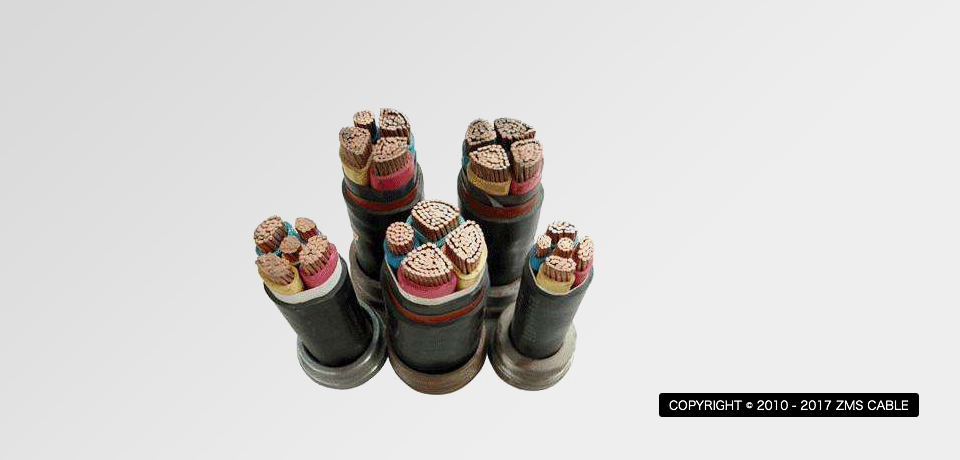
For medium voltage XLPE insulated power cables, there are usually the following waterproof structures:
1.1 For single-core cable, wrap the semiconducting water strip on the insulating shield of the cable, wrap the ordinary water-blocking tape outside the metal shield, and then squeeze the outer jacket.
The outer sheath material may be ordinary Of PVC, can also be used with the radial water-blocking function of HDPE materials, visual cable and other performance requirements may be.
For the three-core cable, in order to ensure full contact with the metal shield, only the insulation shield around the package around a single conductive water-resistant, metal shield is no longer around the wall, depending on the level of waterproof performance requirements can be filled with ordinary fill or Water blocking, lining and outer sheath material are described in the single-core cable.
1.2 In the outer jacket or inner lining of the vertical package of the aluminum-plastic composite layer as a waterproof layer.
1.3 Extrude the HDPE outer sheath directly outside the cable.
For 110kV or more XLPE insulated cables, the primary use of metal sheath to the line to meet the water requirements.
The biggest feature of the metal sheath is completely impermeable, so the metal sheath of the cable has very good radial water-blocking performance.
Metal sheath types are hot-pressing aluminum sets, hot-pressed lead sets, welded wrinkles aluminum sets, welded wrinkled steel sets, cold-drawn metal sets, and so on.
The cable waterproofing method is generally divided into vertical water blocking and radial water two.
Longitudinal water blocking Commonly uses water-blocking yarn, water-blocking powder, and water-blocking belts, their water-blocking mechanism is in these materials contain a water-swellable material, when the water from the cable end or from the jacket. Defects in the access, the material will rapid expansion of water to prevent the gradual spread of water along the cable longitudinal, so that the purpose of vertical cable waterproof.
Radial water resistance is mainly through the squeeze of HDPE non-metallic sheath or hot pressing, welding, cold drawn metal jacket way to achieve.
Cable waterproof test method, the cable longitudinal water blocking performance can now be IEC60502-1997ANNEXD (normative) or GB / T12706.2-2002 Appendix D (standard catalog) water test to test and determine; and cable radial water resistance.
It is currently determined by indirect means, such as checking whether the HDPE non-metallic sheath or non-metallic sheath is defective.
And if the sheath is identified as intact, then the cable is considered to have good radial water resistance.
But this method has a lot of users who have raised some questions, but also caused some disputes, to the lack of persuasion, so the cable manufacturers and users now urgently need to have a test method to determine the radial resistance of the cable.
So that Can avoid the manufacturer and the user due to the lack of radial water resistance test method and the cable radial water resistance caused by the controversy.